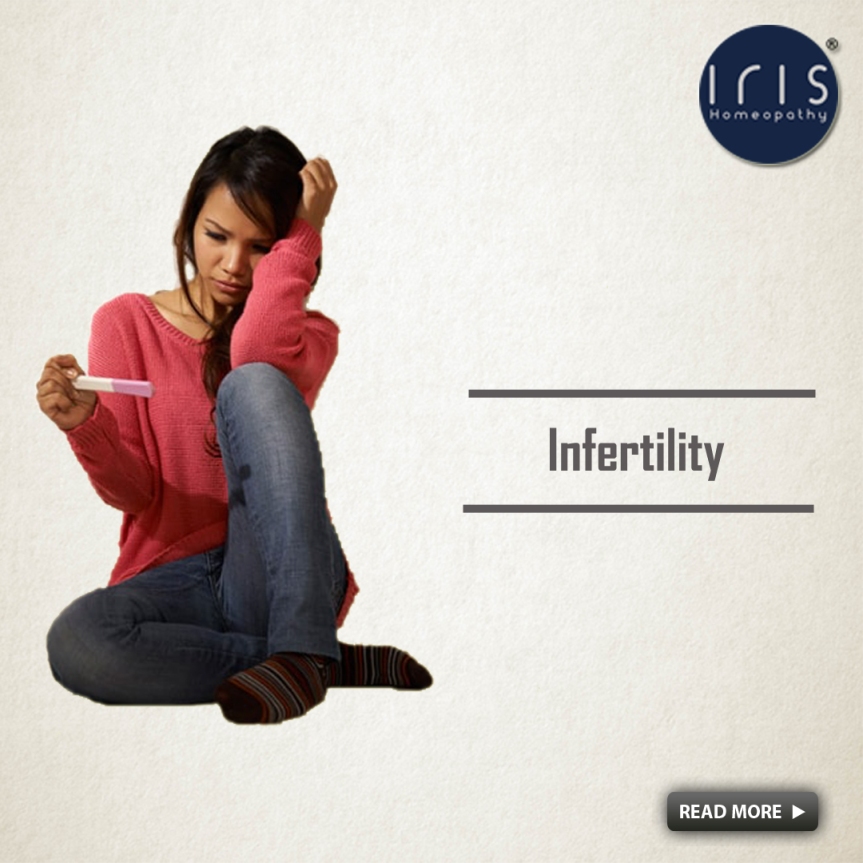
Infertility is a condition that affects approximately 1 out of every 6 couples. An infertility diagnosis is given to a couple that has been unsuccessful in efforts to conceive over the course of one full year. When the cause of infertility exists within the female partner, it is referred to as female infertility. Female infertility factors contribute to approximately 50% of all infertility cases.
What Causes Female Infertility?
There are a number of things that may be keeping you from getting pregnant:
Damage to your fallopian tubes. These structures carry eggs from your ovaries, which produce eggs, to the uterus, where the baby develops. They can get damaged when scars form after pelvic infections, endometriosis, and pelvic surgery. That can prevent sperm from reaching an egg.
Hormonal problems. You may not be getting pregnant because your body isn’t going through the usual hormone changes that lead to the release of an egg from the ovary and the thickening of the lining of the uterus.
Cervical issues. Some women have a condition that prevents sperm from passing through the cervical canal.
Uterine trouble. You may have polyps and fibroids that interfere with getting pregnant. Uterine polyps and fibroids happen when too many cells grow in the endometrium, the lining of the uterus. Other abnormalities of the uterus can also interfere,
“Unexplained” infertility. For about 20% of couples who have infertility problems, the exact causes are never pinpointed.
Structural abnormality in uterus/cervix, Endometriosis, Polycystic Ovarian Syndrome(PCOS), Irregular periods, Hormonal imbalance, Pelvic Inflammatory disease(Chlamydia, gonorrhoea), Uterine fibroid, Pelvic T.B., Pelvic adhesions due to infection or following surgery, Blocked fallopian tubes due to salpingitis, or Thyroid disorders.
Tests for Infertility
Your doctor may order several tests, including a blood test to check hormone levels and an endometrial biopsy to examine the lining of your uterus.
Hysterosalpingography (HSG). This procedure involves ultrasound or X-rays of your reproductive organs. A doctor injects either dye or saline and air into your cervix, which travel up through your fallopian tubes. With this method, your doctor can check to see if the tubes are blocked.
Laparoscopy. Your doctor puts a laparoscope — a slender tube fitted with a tiny camera — through a small cut near your belly button. This lets him view the outside of your uterus, ovaries, and fallopian tubes to check for abnormal growths. The doctor can also see if your fallopian tubes are blocked.
Treatment at IRIS Homeopathy ®
Consult both partners together. Doctors @ IRIS® will be interested in hearing all the history that has led them to seek treatment. By taking a thorough case, the Doctors @ IRIS® are sort of like a detective, searching for possible causes to the infertility. Once us determines either the cause or the barrier in the way of a healthy pregnancy, we looks for a remedy which will allow conception to happen.
Here are some guidelines of when to contact a IRIS Homeopathy® for fertility help:
• When you’ve been trying to conceive for more than 3 months without success
• If you have been the Pill to clear the body, regulate the hormones and stimulate the menstrual system
• If you have miscarried, lost a baby, or suffered any sort of grief which might be interfering with conception.
Courtesy https://goo.gl/M74UZK https://goo.gl/Hgij4u https://goo.gl/3C1hvG https://goo.gl/77vew4
